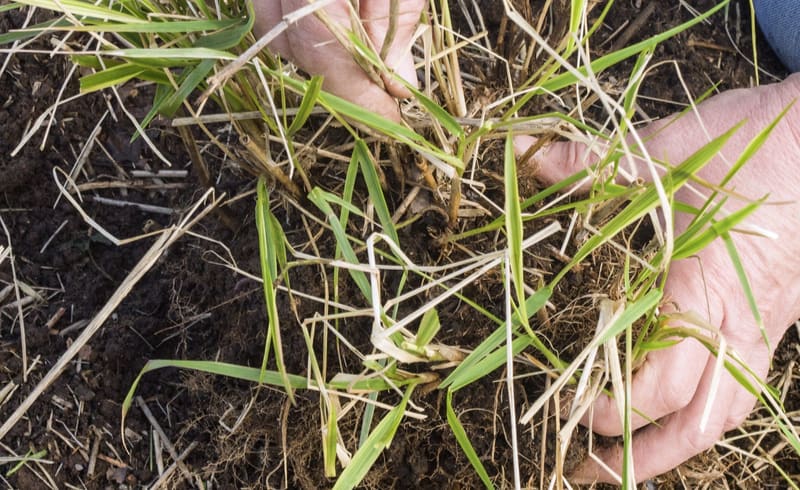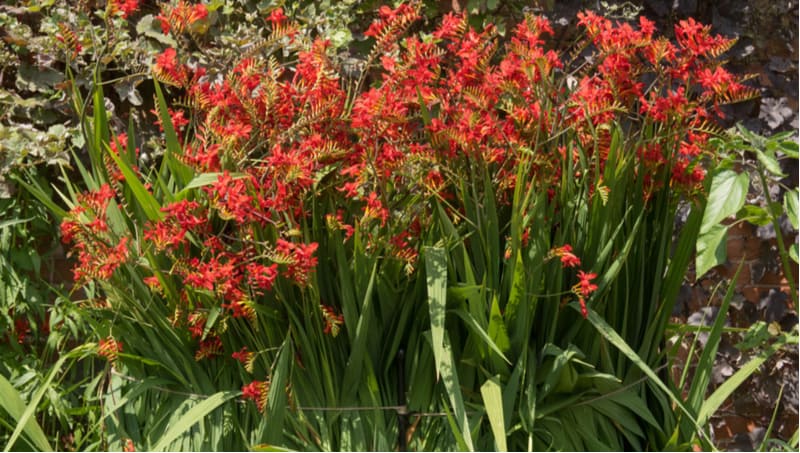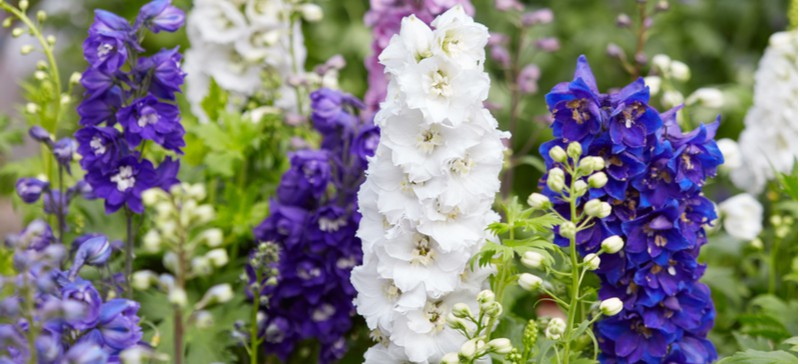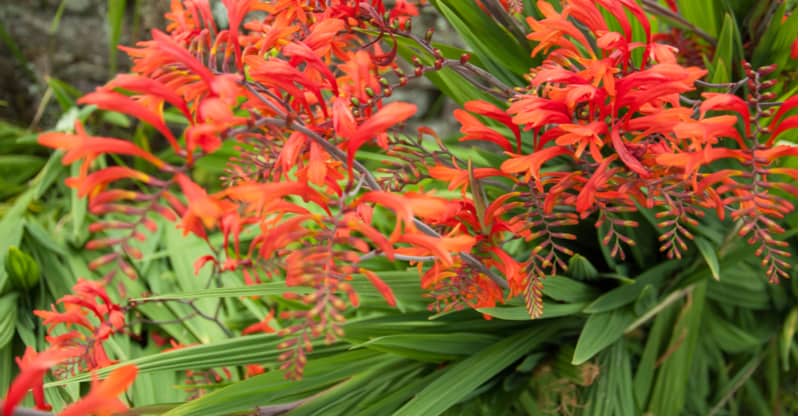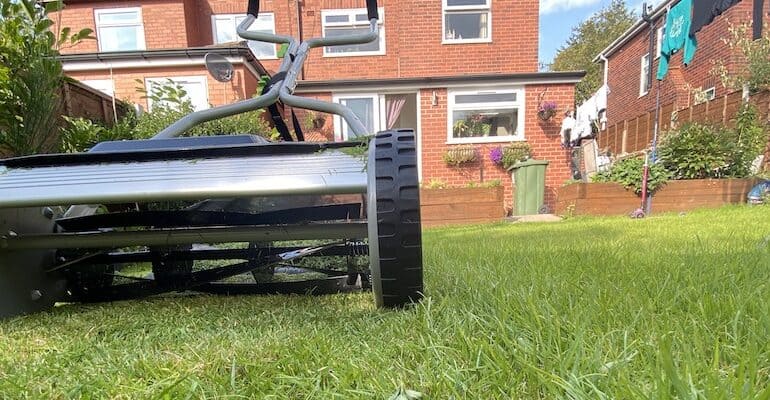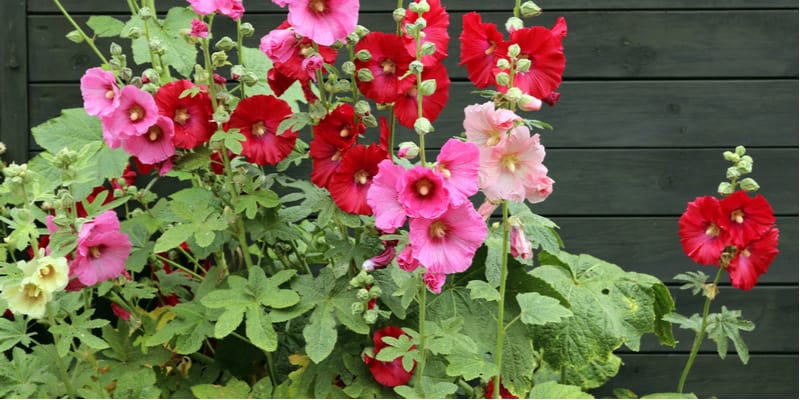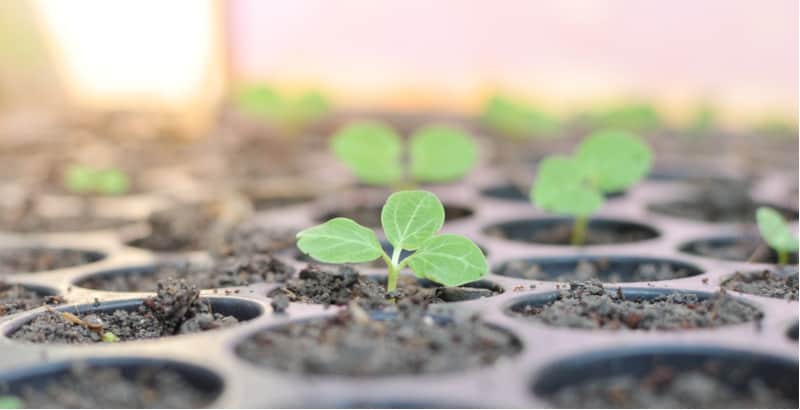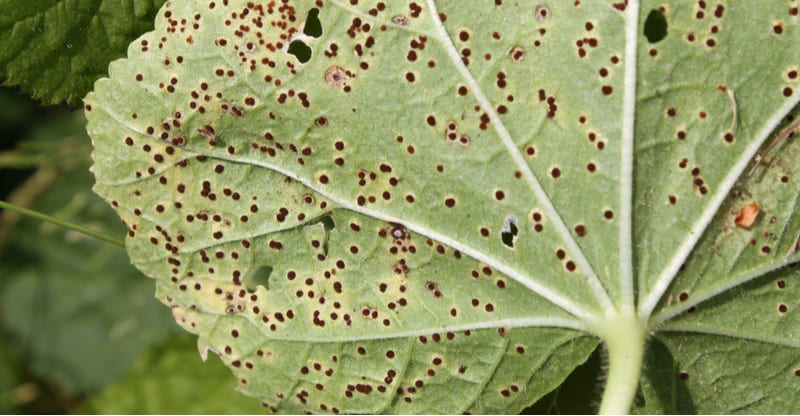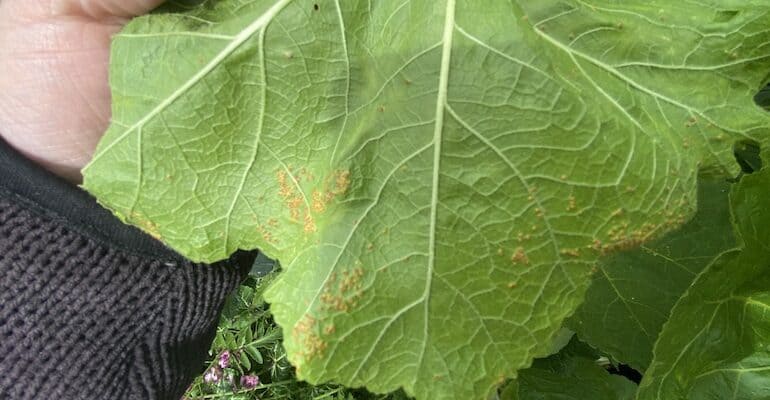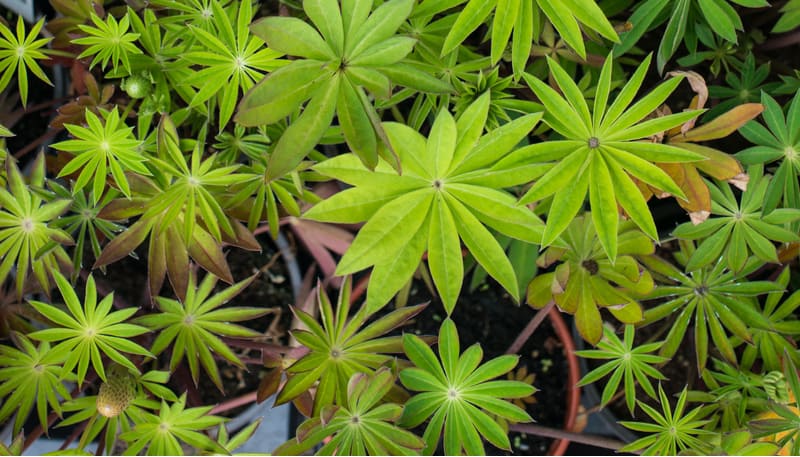Ornamental grasses make wonderful additions to any garden and they can be divided very easily. Most are best divided every few years to keep them looking their best and growing vigorously, which is, of course, when they look their best. Dividing grasses serve multiple purposes. It helps prevent your plants from losing their overall health by getting too old and scraggly and of course, promotes fresh new growth. It also helps reduce the size of…
Crocosmias are a great way to add bright flowers to your border gardens, full of citrus coloured shades. There are literally hundreds of varieties to choose from, for example, the popular Crocosmia ‘Lucifer’ with bright red flowers (as shown in the main picture) or the Crocosmia ‘Spitfire’ that produces fiery orange flowers, this is also a dwarf variety. So, you should be able to find a Crocosmia that is perfect for you and your garden,…
Delphiniums need to be divided regularly, usually every three years to get the most out of them. It’s important that you divide your Delphinium at the beginning of spring, right when you begin to notice the signs of new foliage. Doing so is important to the overall well-being of your garden. If you want your Delphinium to be a long-living plant that’s vigorous and healthy, make sure you divide them regularly. You can also take…
Crocosmias propagate themselves quite well, and they in fact flower much better when crowded together so don’t be hasty and divide too soon. When left to their own devices, they will propagate so quickly that they congest your garden but they usually don’t rush to propagate straight away. Now, this level of compacted plants will eventually inhibit air flow and sunlight which will hamper the overall health of the plants and, at its worst, reduce…
Maybe you’ve spent hours lovingly caring for your lawn and it still doesn’t look like the sweeping lawn of an English manor house. Perhaps you’re simply using the wrong type of lawnmower. If you’d like your lawn to look like you’ve painstakingly cut it with shears, consider using a cylinder lawnmower. The cylinder mowers of today have come a long way from your parent’s heavy manual mower that you reluctantly had to push around the…
Growing Hollyhocks is a wonderful goal as a gardener. If you treat them well you can get them to grow up to a very impressive 3 metres tall and tower above any other part of your garden, adding a stunning and visually appealing vertical element. As long as you find the right location in your garden and you offer them a little bit of care, you can grow beautiful Hollyhocks that continue to appear year…
One of the best ways to grow Hollyhocks is to use the seeds that a successful plant already provides you with or buy some quality seeds from a seed specialist. If you have successfully grown Hollyhocks in your garden, you know that they require very little maintenance except for spraying them to protect them from Hollyhock rust and that, if left to their own devices, they will live for about 2 or 3 years and…
Hollyhocks are grown for the vibrant flowers that appear on the top of the large flower stalks. As a herbaceous perennial it’s commonly grown as an annual, and they are great for attracting bees and butterflies. They are also resistant to verticillium wilt. However, that does not mean that Hollyhocks don’t have their fair share of other diseases and we start our guide on the most common and sadly the most destructive disease, Hollyhock rust.…
Hollyhocks are fantastic plants, especially for cottage gardens but unfortunately, it often has to combat Hollyhock rust, and unfortunately, they can quickly become overwhelmed with it. It can also be very hard to prevent, with them often needing to be sprayed 2 times a week when they are actively growing to try and prevent it. What is Hollyhock rust? Hollyhock rust is a type of fungal disease and it spreads via airborne spores. This is…
When you are growing Lupins, most people use seeds to propagate, but as an alternative method, you can successfully take basal cuttings as well. The advantage of using cuttings/division is that the resulting plant you achieve will be genetically identical to the parent plant from which you took the cutting and when you sow seeds this is not always the case. It is also lots of fun and fairly easy to do, even if you…

